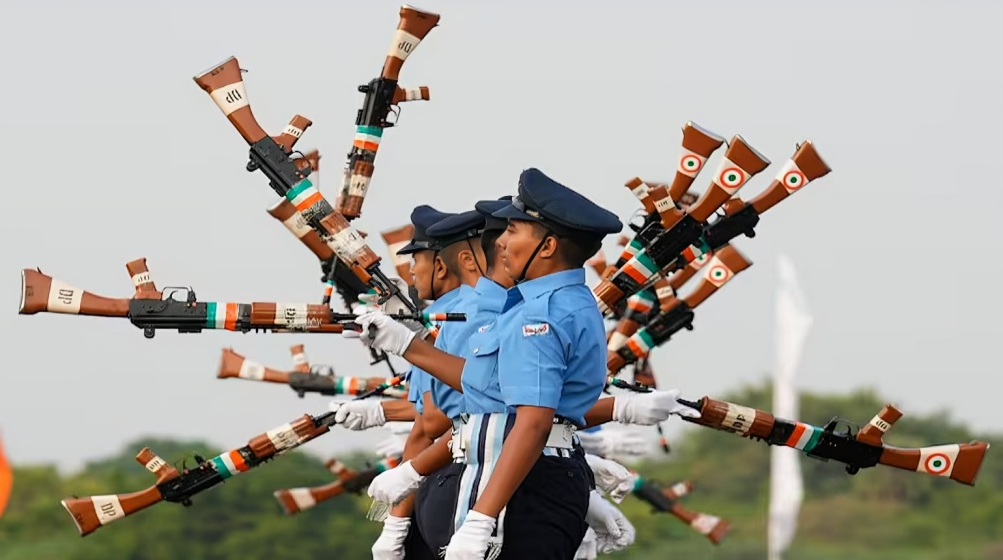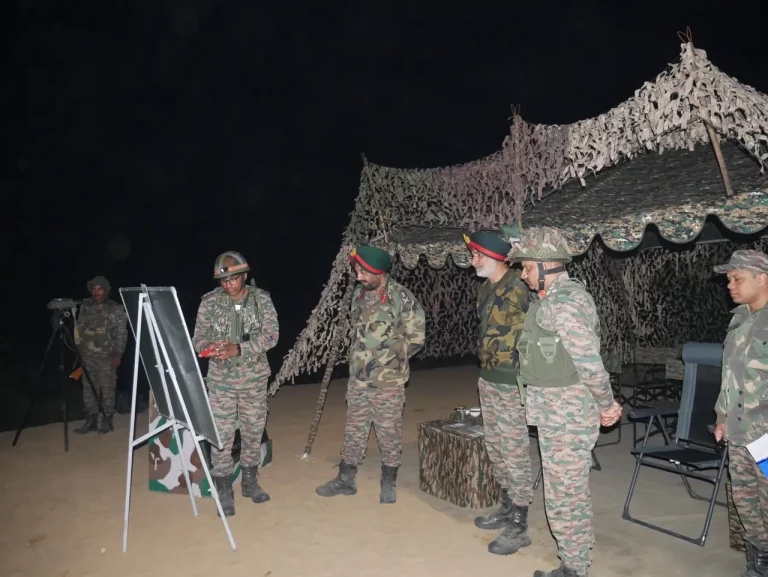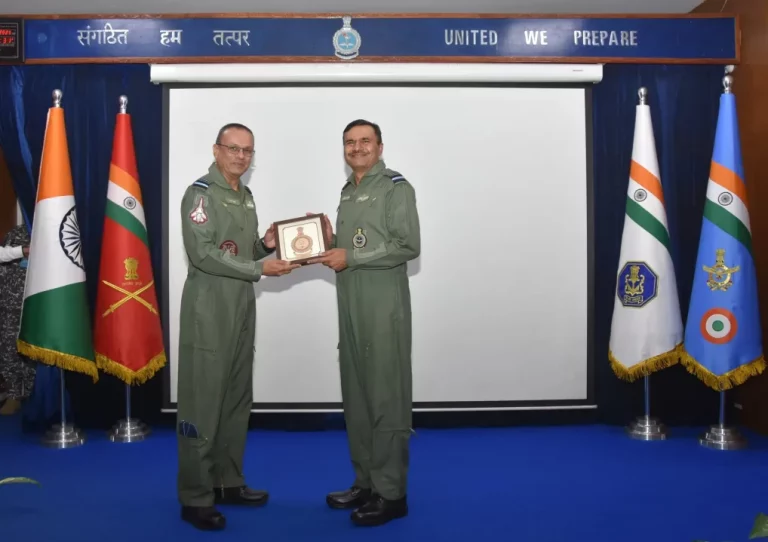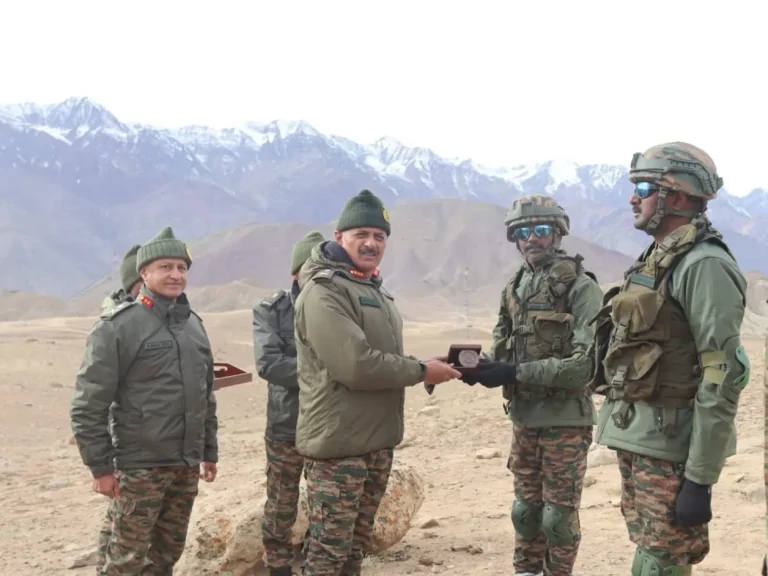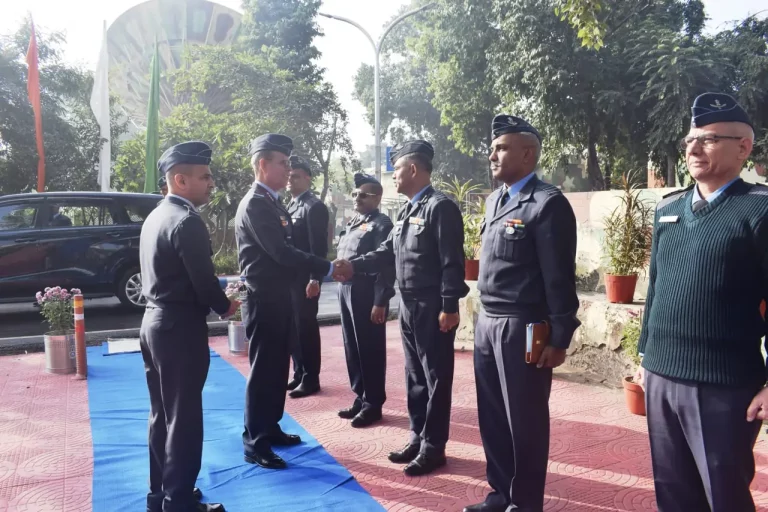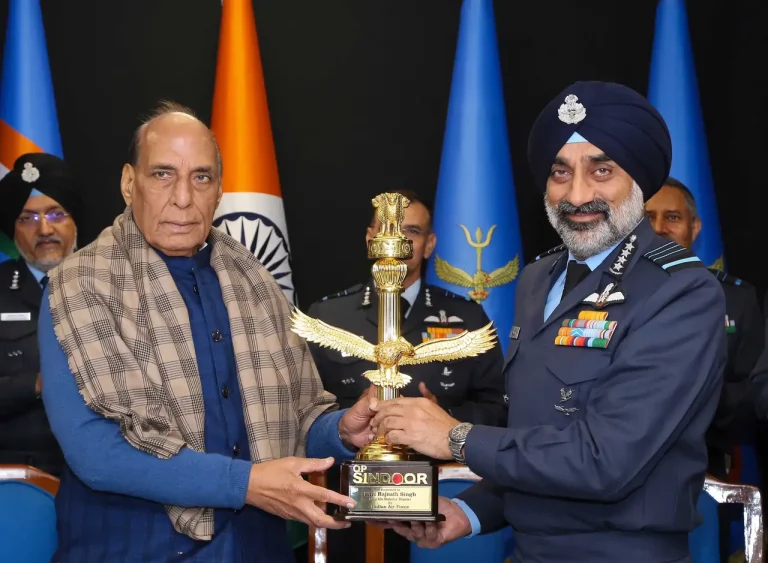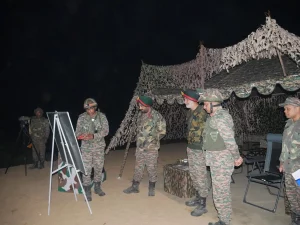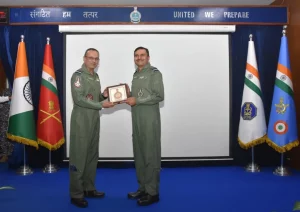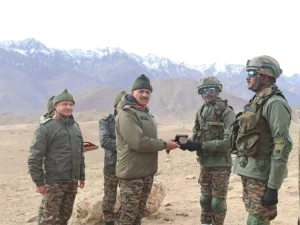In a remarkable display of courage and competence, 3,000 Agniveers—young soldiers aged barely 20 and recruited under the Agnipath scheme—stood at the frontlines of India’s air defense during the intense four-day Operation Sindoor. This operation, launched in response to the Pahalgam terror attack that resulted in the tragic death of 26 civilians, showcased the effectiveness of these newly trained recruits.
During the operation, which spanned from May 7 to May 10, 2025, the Agniveers were deployed across India’s western front, playing a crucial role in defending the nation against a multi-faceted aerial assault from Pakistan. The assault involved missiles, drones, and loitering munitions, testing the resilience and readiness of India’s defense forces.
Operating in critical military roles such as gunners, fire control operators, radio operators, and missile transport drivers, the Agniveers managed advanced weapon systems, including upgraded L-70s, Pechora missiles, Schilka anti-aircraft systems, OSA-AK platforms, Strela missiles, and the indigenous Akash surface-to-air missile system. Their agility on the battlefield was evident as many engaged enemy targets using shoulder-fired missiles and integrated their operations with the newly inducted Akashteer system, which serves as a crucial air defense control and reporting network.
The Akashteer system significantly enhanced the army’s air defense capabilities, allowing for seamless detection, tracking, and interception of aerial threats. Fully integrated with the Indian Air Force’s Integrated Air Command and Control System (IACCS), this architecture enabled fast, coordinated responses to enemy incursions. Key locations targeted by Pakistan, such as Amritsar, Jammu, Chandigarh, and Bhuj, were effectively protected through this multi-layered defense mechanism.
The diverse roles undertaken by the Agniveers—ranging from operating sophisticated systems to acting as communication handlers and sentries—highlighted their versatility, particularly under the pressures of combat. Their commendable performance during Operation Sindoor has garnered widespread praise within the defense establishment, with frontline commanders affirming that their skills matched those of seasoned regulars.
Pakistan’s ambitious aerial offensive, which included sophisticated weaponry such as Chinese PL-15 missiles and Turkish-origin drones, was met with a robust response from India’s multi-tier air defense system. Alongside the Agniveers, the S-400 systems and the Samar retaliation system played vital roles in repelling the attacks. Notably, an attempt by Pakistan to strike the Golden Temple in Amritsar was thwarted, further showcasing the effectiveness of India’s defense grid.
Operation Sindoor culminated in a decisive strike by India against nine major terror camps and several Pakistani military installations. This marked one of the most significant retaliatory measures taken against Pakistan since the 1971 war, illustrating the transformative impact of the Agniveers in the modern military landscape and underscoring their value in India’s defense strategy moving forward.
